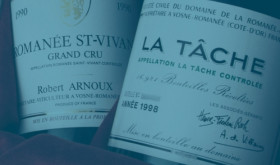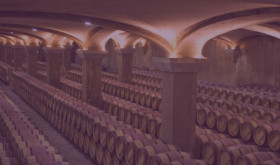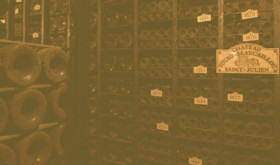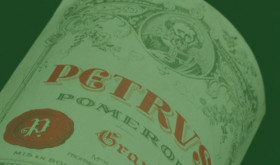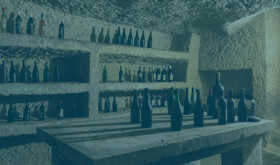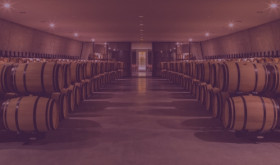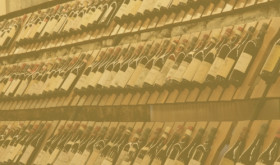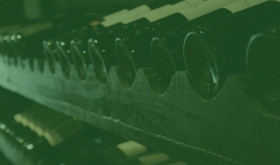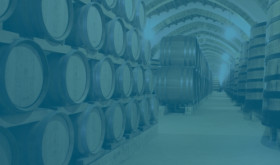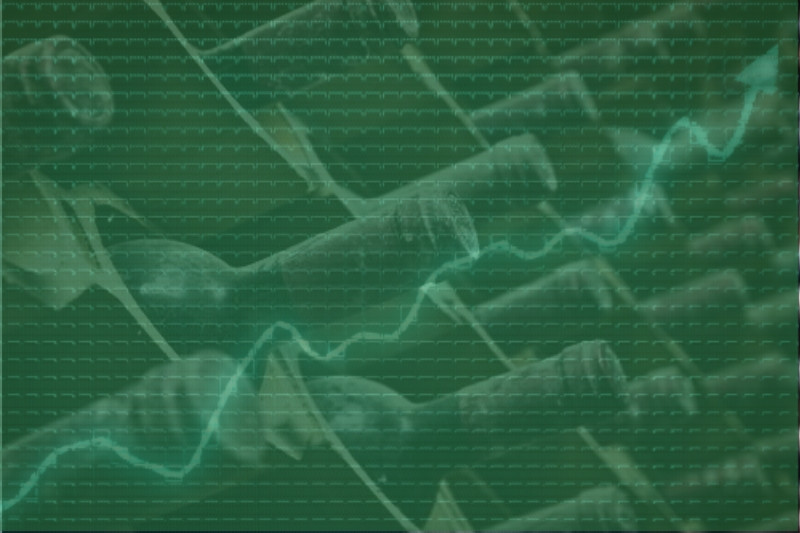
Fine wine offers the benefits of different asset classes. As a long-term investment, due to the inherent premise that it gets better with age, fine wine would traditionally fall under the ‘value asset’ category. This is especially true as investors tend to buy and hold wine for decades before selling at a premium.
However, since fine wine is a highly sought-after and depleting investment, it shows tremendous growth characteristics too. Over the past year, fine wine has delivered strong returns, with some bottles increasing in value by as much as 550%. This makes it more akin to growth assets.
Could fine wine be considered both a value and growth asset?
Value assets have intrinsic value and are usually undervalued
When investors talk about value and growth assets, they are generally referring to publicly-traded stocks. This could mean huge blue-chip corporations like Coco-Cola, Microsoft, or Tesla, or it could be little-known and up-and-coming stocks. Generally, the market is extremely efficient and so finding an underpriced stock is hard work. Those who dedicate time and research to discovering these undervalued assets are known as value investors.
Warren Buffet is perhaps the most famous value investor of all time. “It’s far better to buy a wonderful company at a fair price than a fair company at a wonderful price,” he declares. For Buffet, seeking intrinsic value is the only real way to invest. Perhaps that is why he is such a fan of fine wine investments. Buffet has reportedly said that every portfolio should have at least a 1% allocation to fine wine.
The value of fine wine can’t be measured the same way as a stock
To understand whether an investment offers good value or not, investors usually need to crunch a lot of numbers. But the process is a little harder outside of the stock market. Unlike traditional stocks and shares, analysts would be hard-pushed to calculate the price-to-earnings, debt-to-equity, or price-to-book ratios of fine wine.
Firstly, this is because bottles, casks or barrels of fine wine do not offer “earnings” in the stock market sense. Bottles cannot pay dividends, and so buyers instead collect all their returns when they sell the asset.
Secondly, prices are variable. As fine wine is usually traded privately or through prestigious auction houses, the final sum is not always predictable – especially if you have two or more extremely passionate bidders in the room. As a result, bid-ask spreads are significantly greater than you’d find on the stock market.
Finally, forecasting these values can be unreliable because in some cases wine prices are not always publicly available. However, as industry leaders, we do have a lot of this information. If you would like to get an insider idea of the latest auction results and performances, check Wine Track.
While we may not be able to scrutinize the value of fine wine in the traditional sense, we can analyse the general trends and characteristics. From here, we can see how they hold up against traditional value stocks.
Fine wine shares many of the long-term characteristics of value investments
As an asset class, fine wine behaves like a value investment. Some of the main characteristics are the “buy low, sell high” strategies, the long-term investment horizon, and stable financial returns.
-
“Buy low, sell high” strategies
Value stocks are generally underpriced on the market, meaning investors expect to make profits over time as the asset realises its true worth. This is remarkably similar to fine wine investments. Many purveyors will purchase the wine en primeur before it is even bottled to secure the best price.
At the time of writing, wines such as Domaine d’Auvenay have already delivered returns of nearly 8,500% over a ten-year period. This shows the incredible power of buying wine early, and holding.
-
Buy and hold over the long-term
As the adage goes, fine wine gets better with age. High-quality Bordeaux, for example, takes 20-30 years to mature. Successful investors will generally buy and hold fine wine over the long-term.
This approach mirrors the “value” philosophy perfectly. As Buffet himself warns, “If you aren’t willing to own a stock for 10 years, don’t even think about owning it for 10 minutes”.
-
Steady returns
Stability is another key characteristic of value investments. These assets should be able to sail through all kinds of market storms with minimal or zero disruption. Fine wine has delivered exceptionally stable returns over the last year, holding up against recessions and incrementally gaining value despite stock market chaos.
Fine wine has compelling growth attributes too
On the face of it, fine wine seems to be a value investment. It is a steady long-term asset which gains value over time. Yet, despite its famous stability, this investment has also delivered some impressive short-term returns and it is an alternative asset, which push it more into the growth category.
-
Fine wine is an alternative asset
Investors looking for growth assets tend to accept volatility risk, as part of the trade-off for superior returns. Because of this, they are more inclined to look away from the reassurance of the stock market to find new revenue streams. Increasingly, unlisted property, private equity, hedge funds, high yield credit, long-duration bonds and alternative debt are finding their way into growth funds and portfolios.
As an alternative asset, fine wine seems to fit snugly into the “growth” category. Yet, unlike these investments, fine wine is generally not volatile.
-
Exceptional short-term returns
Wine can, however, deliver exceptional short-term returns. Over just five years, fine wines such as Hubert Lamy have seen values increase by 1,223%. This is an extraordinary performance. To put this it into context, it took value stock Coco-Cola 24 years to deliver returns like this.
Some fine wines are even demonstrating market-beating returns in extremely short timeframes too. Some brands like Hubert Lamy have enjoyed increases of over 450% in just three months. If you’d like to explore the greatest gains and losses in the industry, Wine Track is a useful resource. As you read, please remember that experts do not recommend investing for less than five years.
Fine wine offers the best of both worlds
Fine wine is a fascinating alternative investment because it seems to offer the best of both value and growth without the downfalls.
Fine wine is a buy-and-hold asset which increases in intrinsic value over several decades, while offering historically-superior returns. It also holds up well in recessions and fights back against inflation. These are all classic characteristics of value investments.
Meanwhile, some bottles have proven to be extremely lucrative over the short-term. These boosts in value are likely to continue as climate change ramps-up demand for scarce flavours. High gains in short periods of time – especially from alternative assets – are usually more commonly associated with growth investments.
Therefore, fine wine is an incredibly versatile asset, suitable for different kinds of investment strategies. Whether you’re looking for value, growth or both, fine wine could help you reach your goals faster.
Explore your investment options
